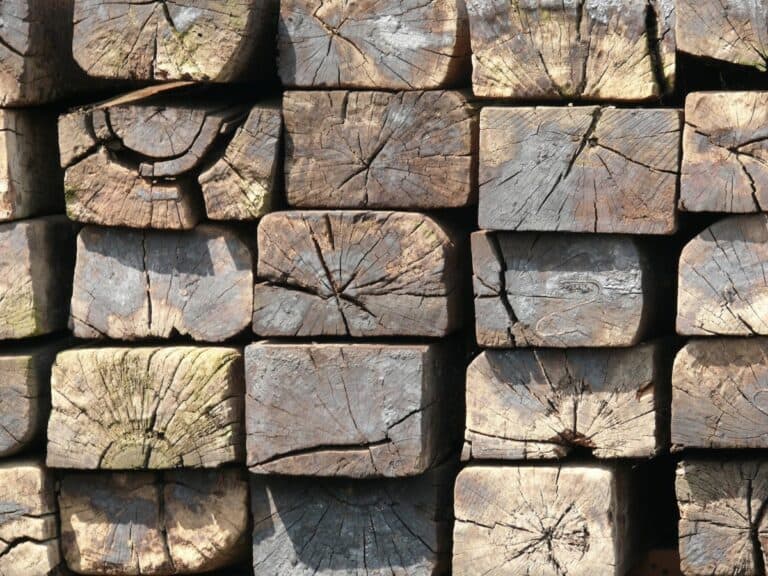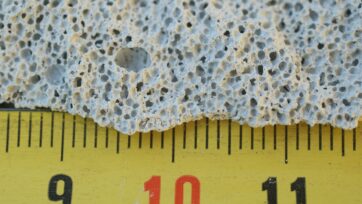(Image credit: Pxhere)
A recent breakthrough in material science has demonstrated that hardwood can be chemically enhanced at the cellular level, opening new possibilities for sustainable construction. Researchers at Florida Atlantic University (FAU), working alongside colleagues from the University of Miami and Oak Ridge National Laboratory, have successfully infused red oak with nanocrystalline iron minerals using a low-cost, eco-friendly process.
This technique strengthens wood’s internal structure without compromising its flexibility or increasing its weight, offering a compelling alternative to traditional building materials such as steel and concrete, both of which are resource-intensive and major contributors to carbon emissions.
Reinforcing Nature from the Inside Out
The research focused on ring-porous woods, such as oak, which contain large water-transporting vessels. By introducing a naturally occurring iron oxide mineral known as ferrihydrite into the wood, scientists achieved improved mechanical performance at the microscopic level.
Through a simple chemical reaction—mixing ferric nitrate with potassium hydroxide—ferrihydrite was deposited within the walls of wood cells. The result: a stronger internal structure, while the wood’s bending and breaking characteristics remained largely unchanged at the macro scale. This balance between durability and natural behaviour could lead to a new class of sustainable bio-based materials.
Tested Across Scales
To evaluate the impact of the treatment, researchers applied a range of techniques—from atomic force microscopy (AFM) and nanoindentation within scanning electron microscopes, to standard mechanical tests. These methods confirmed that while the individual wood cells gained strength and stiffness, the treated samples retained the natural deformability required in many structural applications.
This cross-scale analysis was key to understanding not just whether the wood was stronger, but how the enhancements influenced the way it would behave under real-world loads and stresses.
A Greener Path for Industry
The implications of this research are significant. With over 181 billion tons of wood produced globally each year, finding ways to make timber more robust without altering its environmental profile could dramatically reduce reliance on carbon-heavy materials.
The treated wood could be used in high-performance applications like structural frameworks, bridges, furniture, and flooring—offering durability without the embodied energy costs of concrete or metal. Moreover, the process is scalable, cost-effective, and based on abundant, non-toxic materials.
This advancement underscores the value of systems thinking in materials engineering, where the performance of the whole is often determined by behaviour at the smallest scales. As infrastructure systems evolve to meet climate and efficiency demands, innovations like this help position wood as a modern, high-performance material fit for global engineering challenges.
Reference
Florida Atlantic University 2025, ‘Wood you believe it? Engineers fortify wood with eco-friendly nano-iron’, ScienceDaily, viewed 5 May 2025, https://www.sciencedaily.com/releases/2025/04/250428221705.htm


























